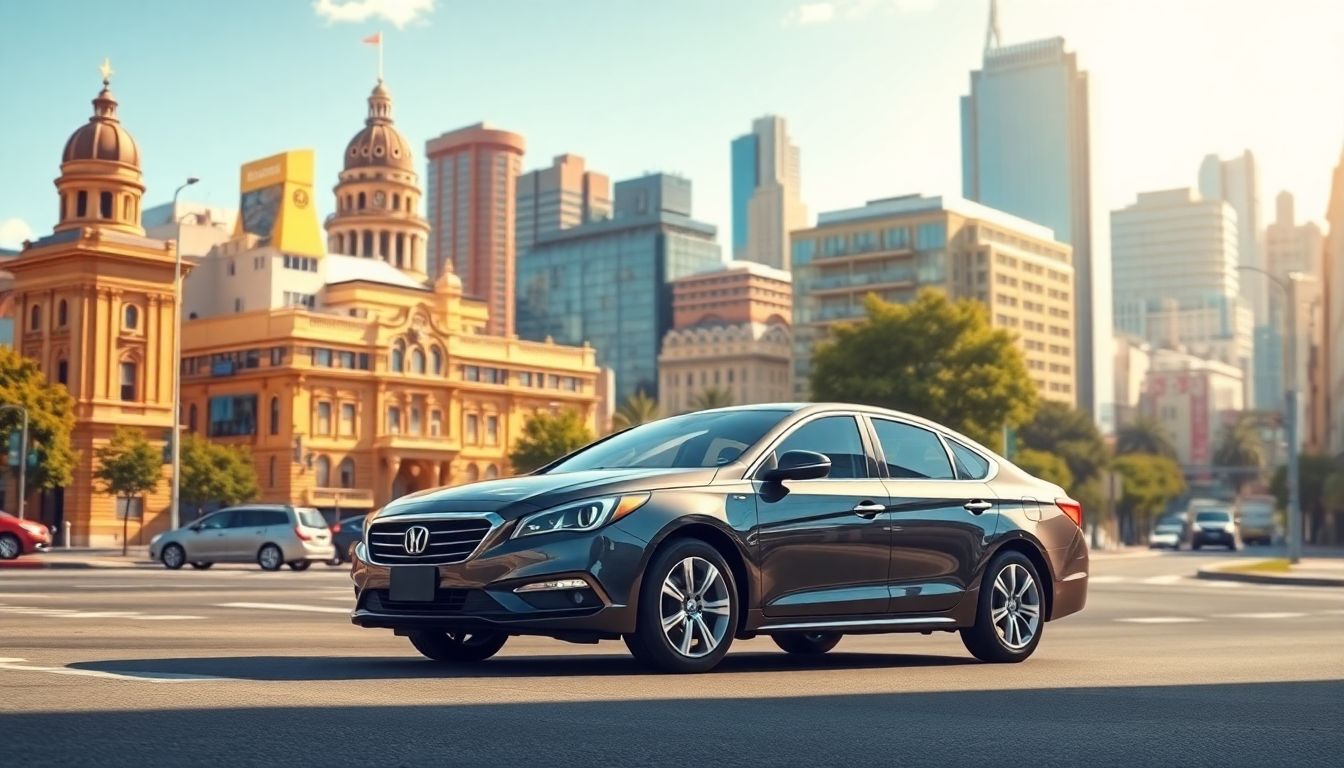If you’ve been through a fender-bender, then you understand what we mean by “heart stopping.” Yes, the intensity of the stress can be quite heavy. The perfect car insurance can sometimes offer relief, while at other times, one might face a sense of regret. Car insurance is the key to financial protection of damage, theft, and liability. This guide serves to help you understand car insurance in Australia.
Types of Car Insurances in Australia
Let’s have a look at the different types of car insurances available in Australia. There is quite a choice. It is important to know what those differences are.
Comprehensive Car Insurance
This is the most extensive cover available. It is indeed a lot. It even covers accidental damage on your car. Theft, vandalism, natural calamities, for example, storms or floods—all these are features of the plan. With comprehensive car insurance, accidents involving your car are included for coverage, no matter who is at fault. What if, say, a tree were to fall onto your car? Coverage would be available under comprehensive insurance.
Third Party Property Damage
Less comprehensive, this policy is a straightforward one. It covers the damage to someone else’s property by you. In the event that you collided with another person’s car, this would cover repair costs for the damages incurred on their vehicle. It provides no coverage at all for the damages to your own vehicle. An inexpensive option with its limitations; say someone crashed into your parked vehicle and absconded. You are then likely to be left with the repair costs.
Third Party Fire and Theft Insurance
This one is a step ahead when compared to property damage only. It has the same provisions as the previous plan, but in addition, your car is covered in the event that it is stolen, while damage by fire is also included. A little extra assurance. It’s sort of a compromise.
CTP Insurance (Compulsory Third Party)
Without a doubt, CTP insurance is compulsory. It is, in fact, a legal obligation in Australia, having been passed by the relevant authorities. It would constitute personal injury liability. So basically, in a car accident where you hurt somebody, this would pay for any medical expenses. CTP is regulated by each state or territory, thus general differences occur. CTP doesn’t include vehicle damage, but instead injury.
Factors Affecting Car Insurance Premiums
Insurance companies have many parameters they study, and these will eventually determine what your premium is going to look like, or the price to pay for insurance. Here is what they look for.
Driver Profile
Your age matters. So does your driving history. Even your gender can affect prices. Younger drivers often pay more. Statistics show they have more accidents. A clean driving history usually means costs are lower.
Type and Age of Vehicle
First of all, the kind of car you drive will really affect the amount of premium payable. Newer, safer cars can help reduce the cost of your premium. Older and more expensive cars usually are costlier to insure. Sports cars usually have higher premiums too. They’re considered a higher risk.
Location
Where you park your car matters. You can expect to pay more if you live in a high-crime area. Rural area’s premiums might be lower. It’s all about the risk of theft or damage.
Excess
Excess is the term used to define the payment made by you for settling a claim out of your own pocket. If you opt for a higher excess, you pay lesser towards the premium, whereas a lower excess means you need to bear a higher amount of the premium. So-
Usage
The next aspect that you must also consider when choosing a car insurance is the utilization of the vehicle. Are you driving your vehicle daily to work? Does the vehicle also serve as a business vehicle? The more you utilize the vehicle, the more likely you will receive higher premiums. Cost reductions can be achieved by decreased driving.
Understanding Your Car Insurance Policy
This is the most important reason why you have to read your policy. You have to understand what it covers. Here is how.
Key Terms and Definitions
A premium is an amount you pay for your insurance. Excess usually means the amount you pay for a claim. Exclusions are items the policy does not cover. Agreed value refers to how much your car is worth according to the insurer. Market value refers to how much your car is worth according to an open market. Know all these terms.
What to Look for in the Product Disclosure Statement (PDS)
This is a very important statement. It tells you all about your policy. Read it very well. The excluded issues will be listed here. Know the limitations set. Understand policy conditions. This can help you avoid surprises later.
Making a Claim
Accident happens? What to do? Information gathering on the scene. Contacting the insurer soon. Then all these details and evidences make the claim process smooth.
How to Save Money on Car Insurance
Need to reduce your car insurance? Check these measures.
Shop Around and Compare Quotes
Never settle at the first offer. Trample comparisons from different insurance company’s quotes. Use an online comparison to enjoy the services provided by an agent without ever assuming that difference will guide in finding the best deal.
Conclusion
That’s why car insurance is important because it protects an individual from financial risk. Types of insurance were covered in this exploratory work. Such factors include those that affect premiums. Understanding the policy was the tip of the iceberg. It also shared ways through which money could be saved. Review your policy; get a quote; and have enough coverage for safety. Drive safely out there!




